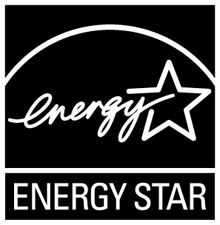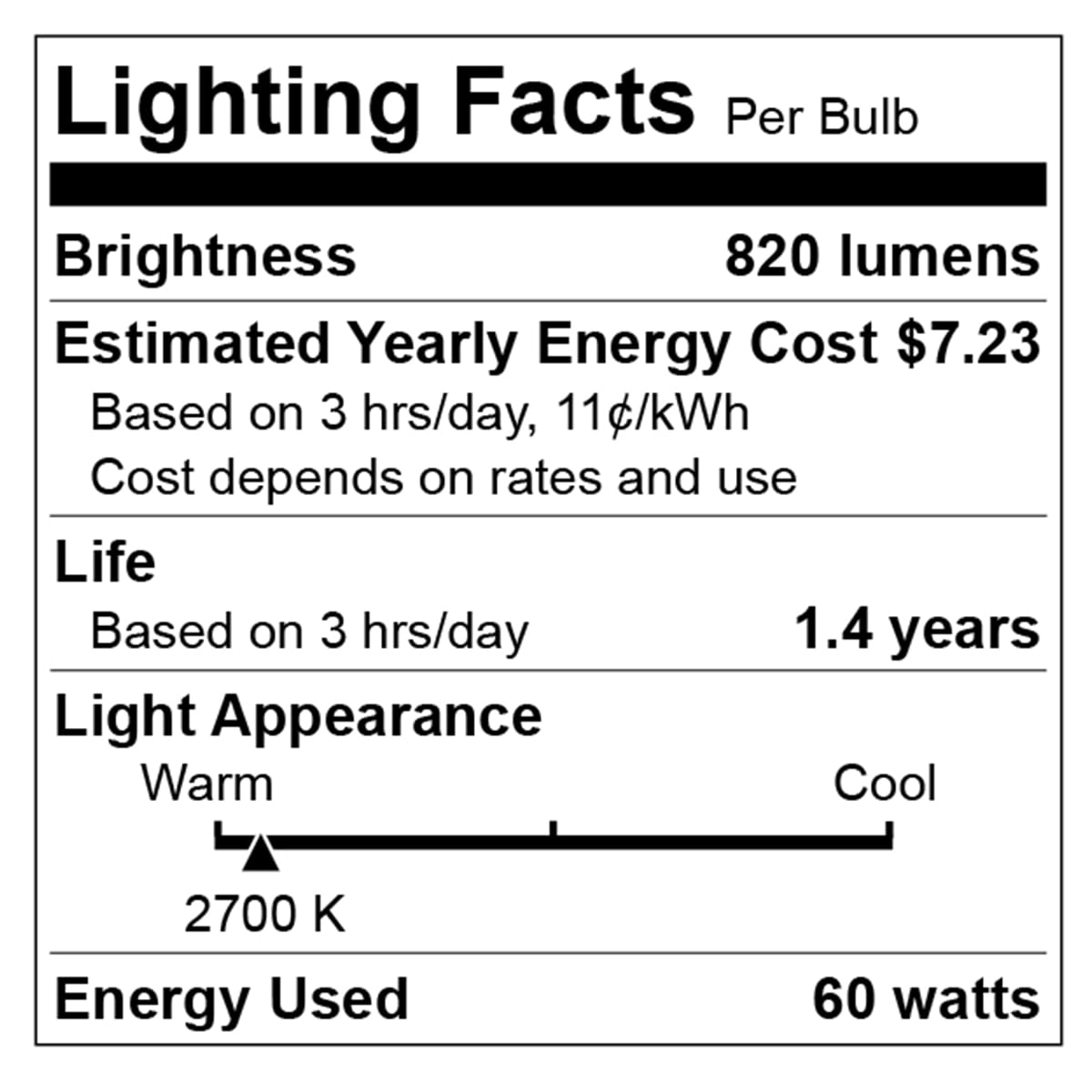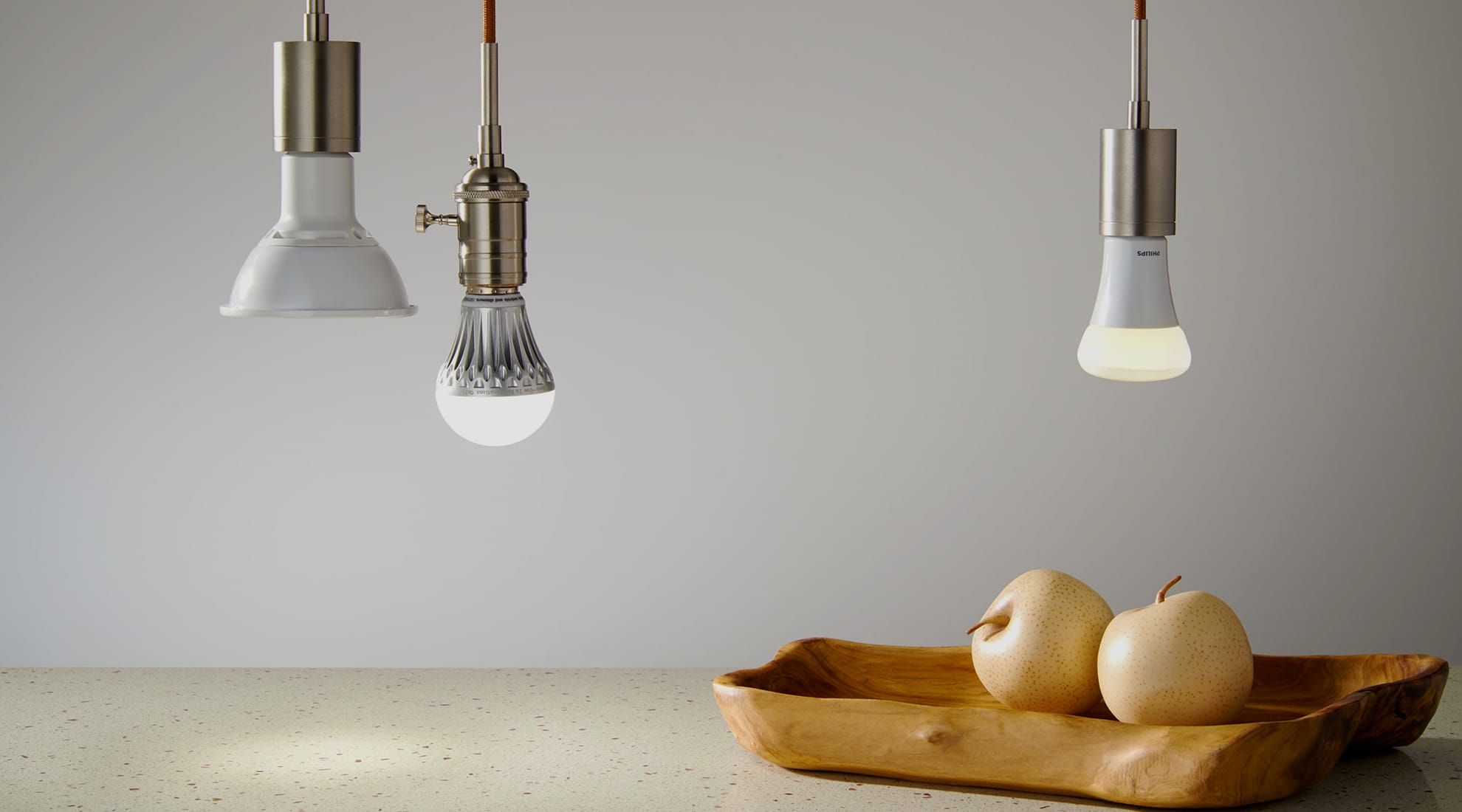Light Bulb Facts:
The Meaning of Lumens
What are lumens, anyway? If you’re used to thinking in wattage, you're not alone.
Here are some guidelines to help you learn the new way to shop for light bulbs. Plus, we'll show you how lumens are measured, an easy way to translate watts to lumens and why all these changes are a good thing.
What is a Lumen? What’s the Difference Between it and a Watt?
Lighting—it’s all about lumens. But what are lumens, exactly? And how do you understand what are lumens in light bulbs and light fixtures? In addition to being the Internet's premier modern lighting and design store (hey, that's us!), lumens is now THE way to find out how bright a lighted bulb or integrated LED lighting fixture is. And if you want a fixture with bright, luminous personality, it's the key to choosing the perfect piece for your lighting scheme.
The lumens definition is: “a unit of luminous flux in the International System of Units, that is equal to the amount of light given out through a solid angle by a source of one candela intensity radiating equally in all directions.”
In short...
Lumens equals brightness!
And watts do not. Not that watts are bad, but they measure energy use, not light output. With new, energy-efficient LED technology, we can no longer rely upon wattage to indicate how bright a bulb is. See how to measure lumens below:
| How Many Lumens Do You Need? More Lumens = More Light |
||||
|---|---|---|---|---|
| If you used to buy this in incandescent | Look for this much light in lumens | LED (most efficient) |
CFL (more efficient) |
Halogen (more efficient incandescent) |
| 100 W | 1600 | up to 22 W | up to 26 W | up to 72 W |
| 75 W | 1100 | up to 20 W | up to 23 W | up to 53 W |
| 60 W | 800 | up to 12 W | up to 15 W | up to 43 W |
| 40 W | 450 | up to 9 W | up to 11 W | up to 29 W |
| Lumens vs Watts: Output and wattages based on most common products available for each medium screw-based light bulb. Actual light output may vary by product. | ||||
Use the chart above to determine exactly how many lumens are in a watt and vice versa. This should provide you with a good understanding of how bright 120 lumens is vs. a fixture with 5000 lumens. Additionally, you can use the color temperature chart to help you in choosing the best lighting for your application - whether it's for kitchen or bedroom lighting, or perfecting your pendant lighting.
How Do I Read the New Light Bulb Label?
Kelvin, lumens, watts, oh my! The changes in lighting regulations and technologies mean that there are new lighting terms to learn. For example, while we've previously looked to watts to learn a bulb's brightness, that information is now presented in lumens. Newer bulbs have a Lighting Facts label that will give you all the details of a particular bulb (similar to a nutrition label on food):
Lighting Facts Per Bulb
870 lumens Brightness
Estimated Yearly Energy Cost $1.57
Based on 3 hrs/day. 11¢/kWh
Cost depends on rates and use
 Life
5.5 years
Life
5.5 years
Based on 3 hrs/day
Light Appearance
 2700 K
2700 K
| Warm | Cool | ||
13 watts Energy Used
Contains Mercury
For more on clean up and safe disposal, visit epa.gov/cfl.
Click or tap arrows for more info.

- Brightness:This is measured in lumens on the label. For example, 1100 lumens has brightness equivalent to a 75-watt bulb.
- Estimated Yearly Cost:This is based on a set rate of usage each day. While your actual use may vary, the dollar amount noted will give you a good baseline.
- Life:The overall expected life of the bulb, often in years. This is also based on estimated daily usage.
- Light Appearance:Also known as color temperature, this indicates the quality of light, ranging from warm/yellow light to cool/blue light. (Warmer light in the 2700K range is way you'd expect from a standard incandescent.) The K stands for kelvin.
- Energy Used:Here is wattage in its proper place. And with a shift to more energy efficient light sources, you will not see the 40, 60, 75 or 100 watts like you used to. These days, you will more often see values in the twenties, teens or even single digits.
- *Contains Mercury:Because so many fluorescent bulbs contain low levels of mercury, these bulbs outline how to properly dispose of the CFL bulb at the end of its life.

How Do I Choose an Energy-Efficient Light Bulb?
- If you love incandescents, look to halogen.It is not illegal to own and use the existing standard incandescent bulbs, but once retailers' supplies are depleted, that's it. But the incandescent bulb isn't dead. Moving forward, the general service bulbs that will be available will include halogen light bulbs, which is actually a subcategory of incandescent bulbs. They are 25% more energy efficient than standard incandescents, and they can last up to three times longer. Also, like standard incandescents, they're dimmable and come in a range of sizes, shapes and colors. Available halogen options and their discontinued standard incandescent equivalents are as follows:
- 29 watts halogen = 40 watts incandescent
- 43 watts halogen = 60 watts incandescent
- 53 watts halogen = 75 watts incandescent
- 72 watts halogen = 100 watts incandescent
- Look for the ENERGY STAR label.Especially in LEDs, the manufacturing quality of the bulb varies, with lesser bulbs not lasting as long as their better-built counterparts. Lighting experts currently recommend only buying ENERGY STAR-qualified LED light bulbs, as they must pass numerous quality tests to earn that designation.
- Look at the bulb's Color Rendering Index (CRI).This will help with CFLs especially. You want your fluorescents to have a good CRI, which is the measurement of how true the color of an object looks under the bulb's light. A good CRI for most indoor residential applications is 80 or above. A really good one is 90 or above, which is an excellent choice for bathroom vanity lights. All halogen/incandescent light bulbs have a CRI at or near 100.
- Check the color temperature.On new light bulb labels, you can find the bulbs' color temperature, measured on the Kelvin scale. The warmer light colors associated with incandescents are on the lower end of the scale. So, if that's your preference, look for LEDs and CFLs with light color temperatures in the 2700K to 3000K range. Pure white light hovers around 4000K, while cooler temperatures that simulate daylight are 5000K or higher.
- Forget watts...look for lumens.Why? Lumens equal brightness; watts do not. (Watts measure energy used.) CFLs and LEDs use much fewer watts than incandescents with the same brightness. As a rule, you'll replace a standard 75-watt bulb with an energy-saving bulb of about 1100 lumens. On the low end, replace a 40-watt bulb with an energy-saving bulb of about 450 lumens. Rely on new bulb labeling standards to show lumen output and help you choose the right brightness for your needs.

What Are the New Light Bulb Laws?
The problem with traditional incandescent bulbs is that only 10% of their energy goes toward the production of light. The other 90% is heat—aka unused (essentially wasted) energy.
Concerned about this significant waste of energy, the federal government set out to change regulations on light bulbs, requiring them to be more efficient. Since 2012, federal laws have gradually required the common types of light bulbs to be 25% more energy efficient. These federal regulations first applied to 100-watt incandescents (in 2012) and 75-watt bulbs (in 2013). In 2014, incandescent 40- and 60-watt bulbs began to be regulated in the same way.
So, it's not that incandescent bulbs are going away—they are simply changing. Plus, there are still many incandescent bulbs that are exempt from these regulations. Three-way bulbs (often used in table and floor lamps), colored lights and appliance bulbs are all staying the same.
There are serious, measurable benefits to these changes. The U.S. Department of Energy estimates a collective household savings of $6 billion dollars nationwide—each year. In other words, if you upgrade 15 standard bulbs to new, more efficient ones, you will save $75 or more a year in energy costs.
Thankfully, the more energy efficient light bulbs (primarily halogen, compact fluorescent, LED) now on the market are available in an amazing array of sizes, colors and shapes. And, yes, there are many that create that same wonderful, warm glow of the incandescent we’ve come to know and love.




